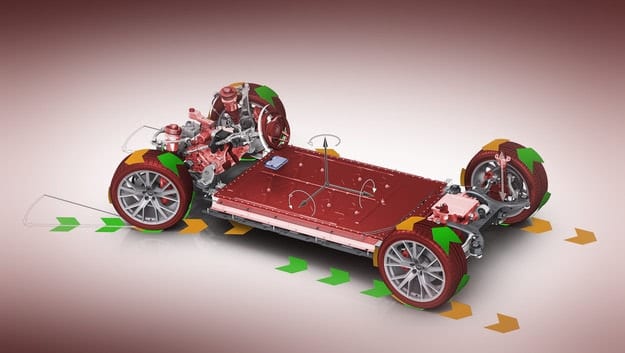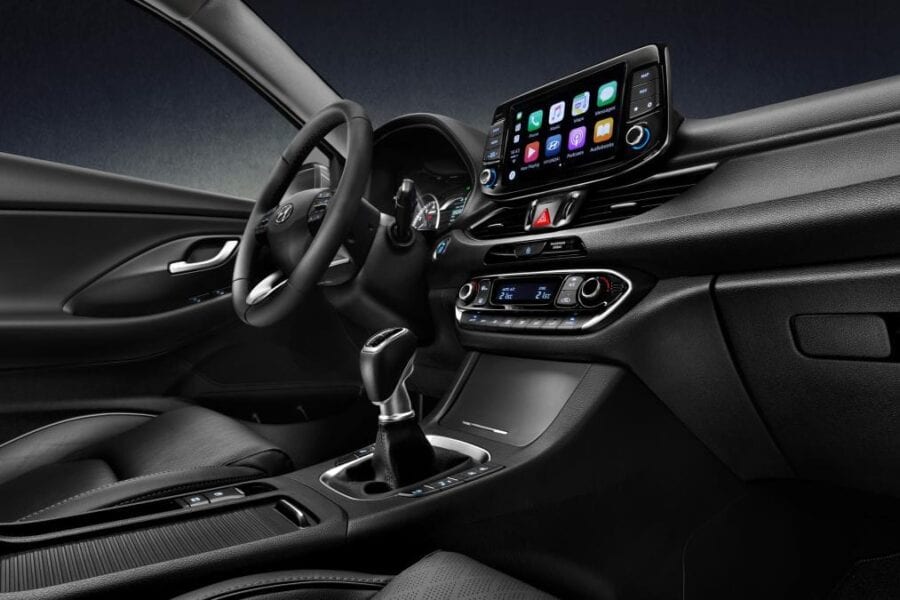
Audi разрабатывает более мощный блок управления
Audi считает, что новый подход к технологии шасси начался, когда в 1980 году была представлена Audi Quattro с постоянным полным приводом для ралли и дорожных автомобилей. С тех пор сам привод quattro развился и разделился на подтипы. Но теперь дело не в трансмиссии, а в управлении шасси. От чисто механических компонентов автомобильная промышленность постепенно перешла к электронной, которая начала скромно расширяться за счет АБС и систем контроля тяги.
В современной Audi мы можем найти электронную платформу шасси (ECP). Впервые он появился на Q7 в 2015 году. Такой блок способен управлять (в зависимости от модели) двадцатью различными компонентами автомобиля. Будет еще интереснее: Audi анонсировала компьютер Integrated Vehicle Dynamics, который сможет контролировать до 90 единиц автомобиля.
Основное направление эволюции электронных компонентов, по мнению инженеров Ингольштадта, — их более тесное взаимодействие друг с другом и консолидированное управление продольной, поперечной и вертикальной динамикой автомобиля из одного источника.
Преемник ECP должен управлять не только элементами рулевого управления, подвески и тормозов, но и трансмиссией. Примером, в котором управление двигателем (ами) перекрывается с командами для компонентов ходовой части, является интегрированная система управления тормозом (iBRS) электромобиля e-tron. В нем педаль тормоза не связана с гидравликой. В зависимости от ситуации электроника решает, будет ли автомобиль замедляться только за счет восстановления (электродвигатели, работающие в режиме генератора), гидравлических тормозов и обычных колодок — или их комбинации, и в какой пропорции. В то же время ощущения от педалей не указывают на переход от электрического торможения к гидравлическому.
В таких моделях, как e-tron (изображенная платформа), система управления шасси, помимо прочего, учитывает рекуперацию энергии. А в кроссовере e-tron S с тремя двигателями такой фактор, как векторизация тяги, добавлен к расчетам динамики автомобиля из-за разной производительности двух задних двигателей.
Новый блок будет готов взаимодействовать с длинным списком систем через различные интерфейсы, а список функций будет постоянно обновляться (архитектура позволит добавлять их по мере необходимости).
Компьютер Integrated Vehicle Dynamics будет разработан для всего диапазона транспортных средств с двигателями внутреннего сгорания, гибридными или электрическими двигателями, передними, задними или обоими ведущими мостами. Он одновременно рассчитает параметры амортизаторов и системы стабилизации, электрической системы и тормозной системы. Скорость его расчета будет примерно в десять раз быстрее.

